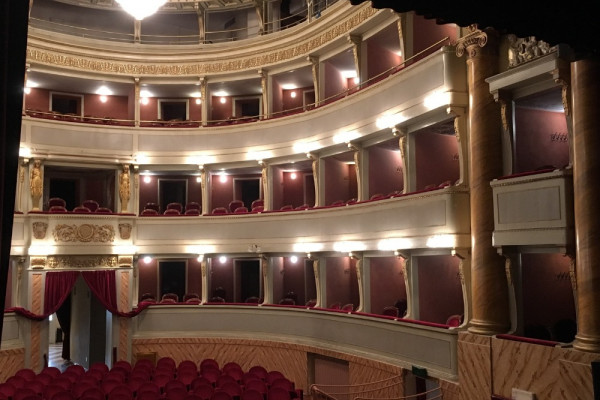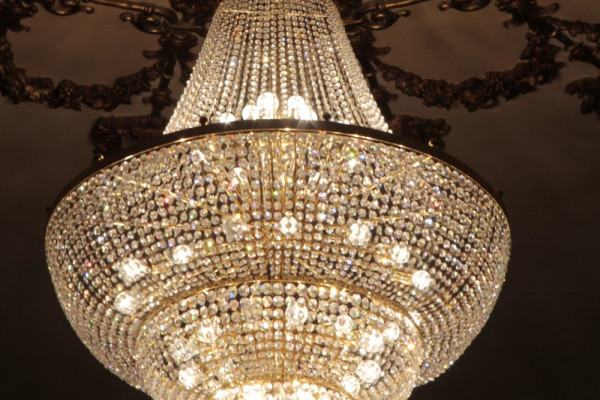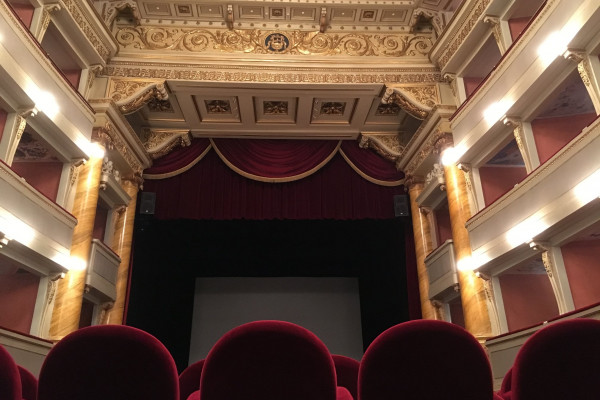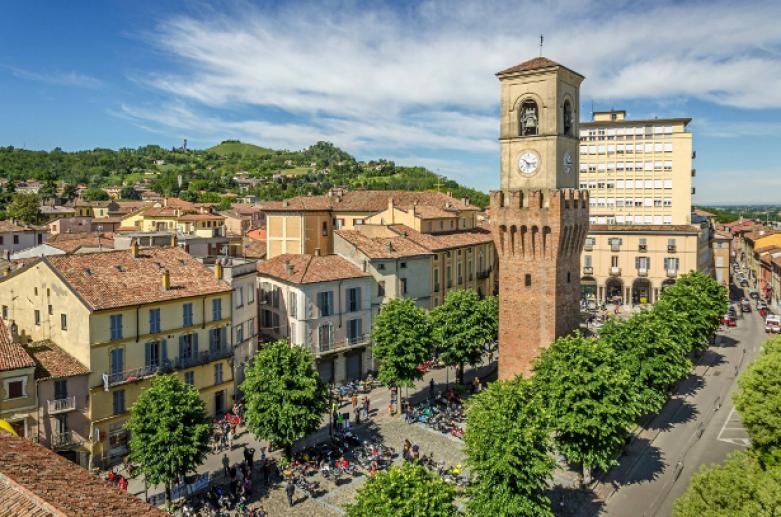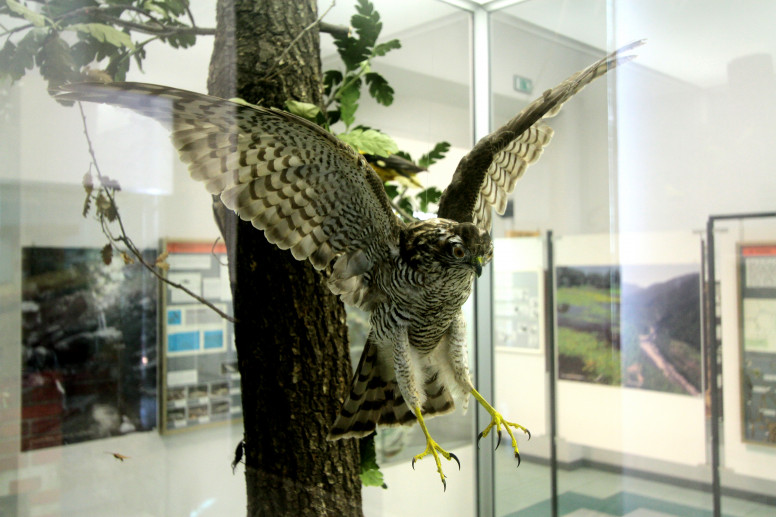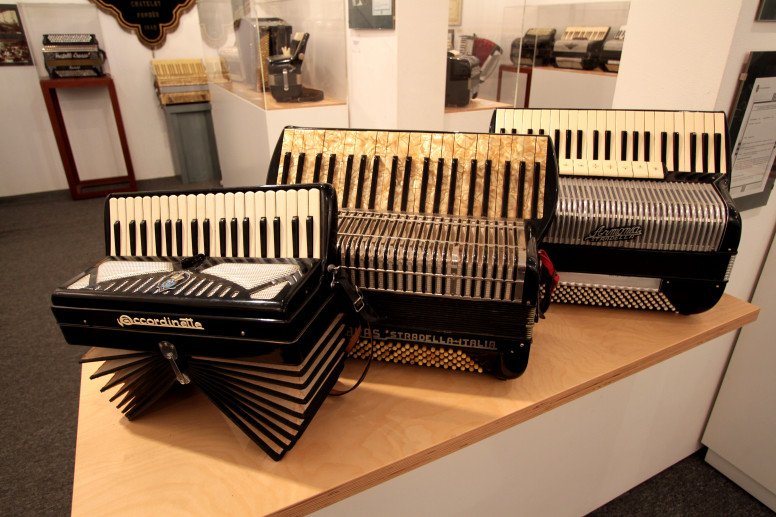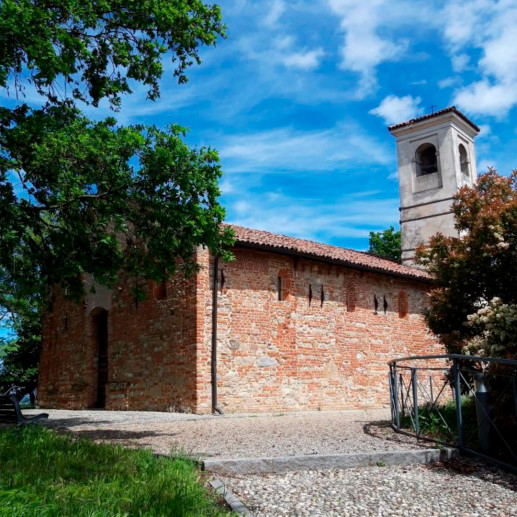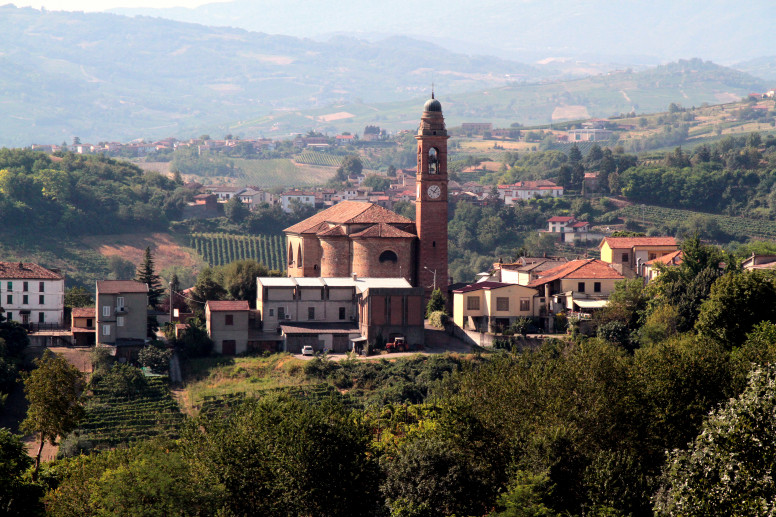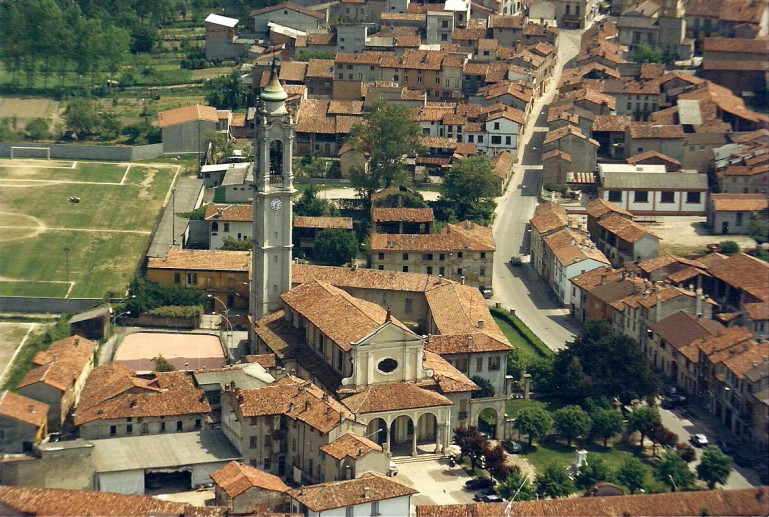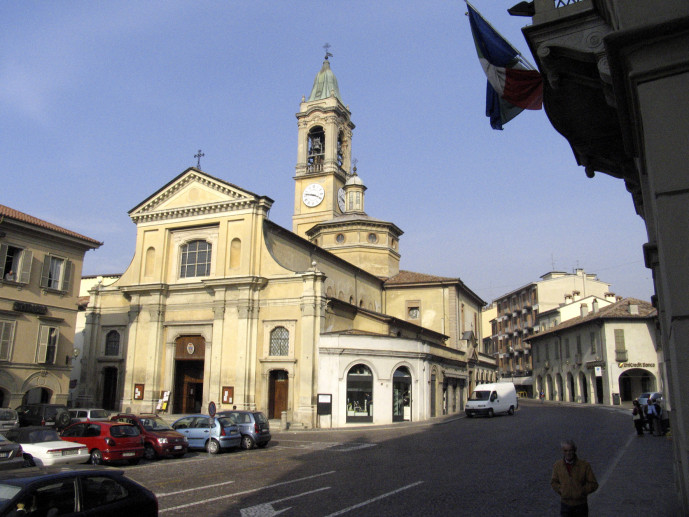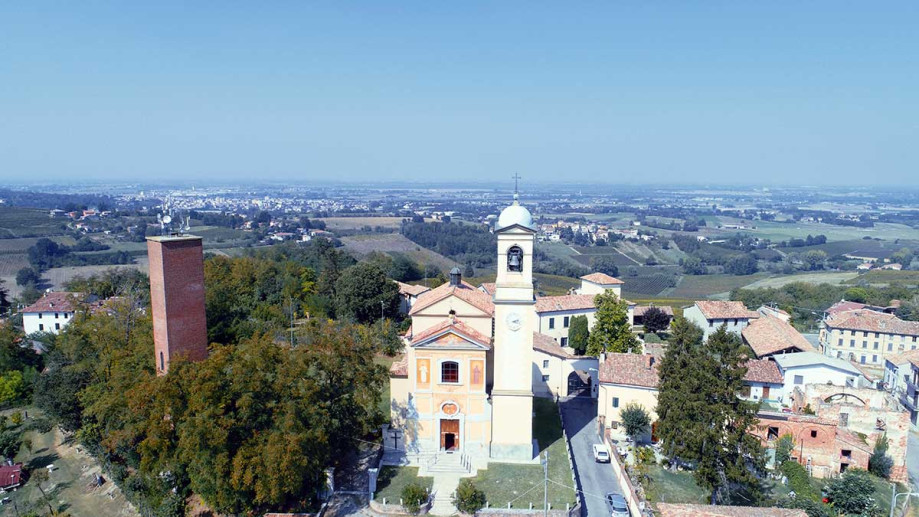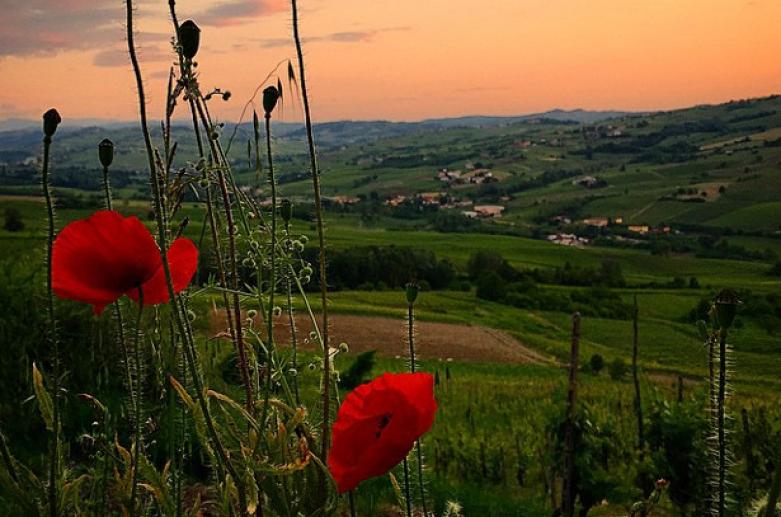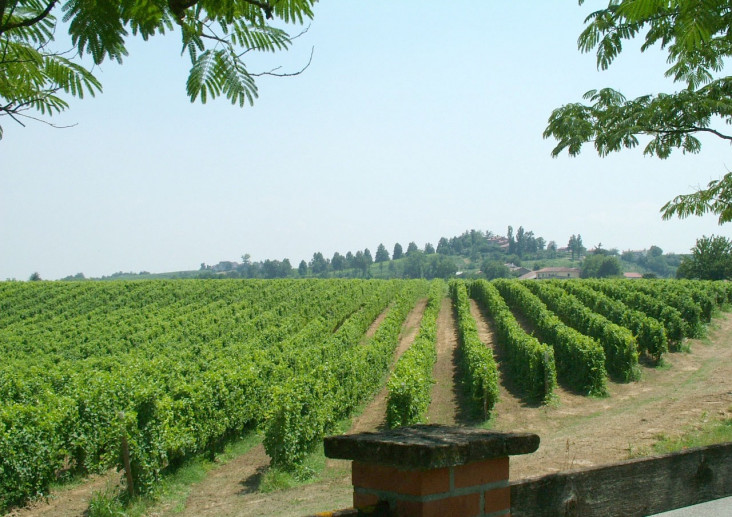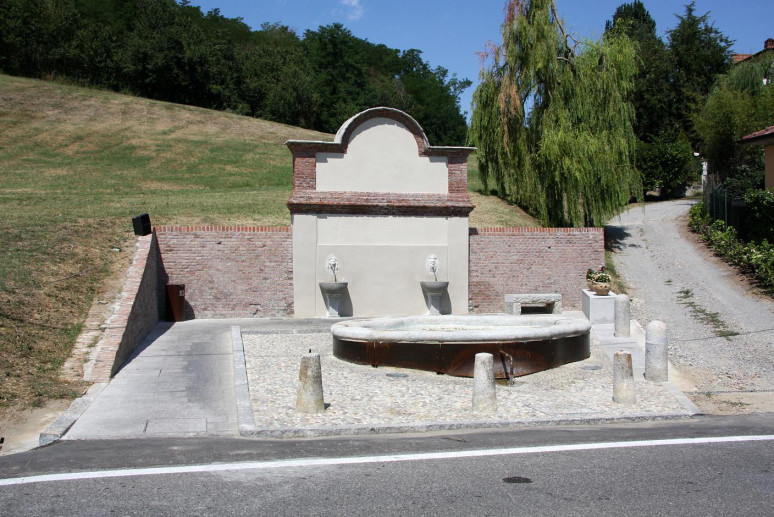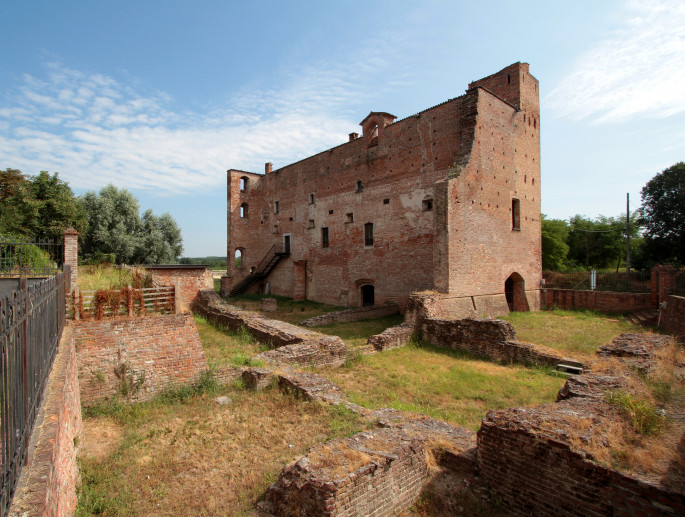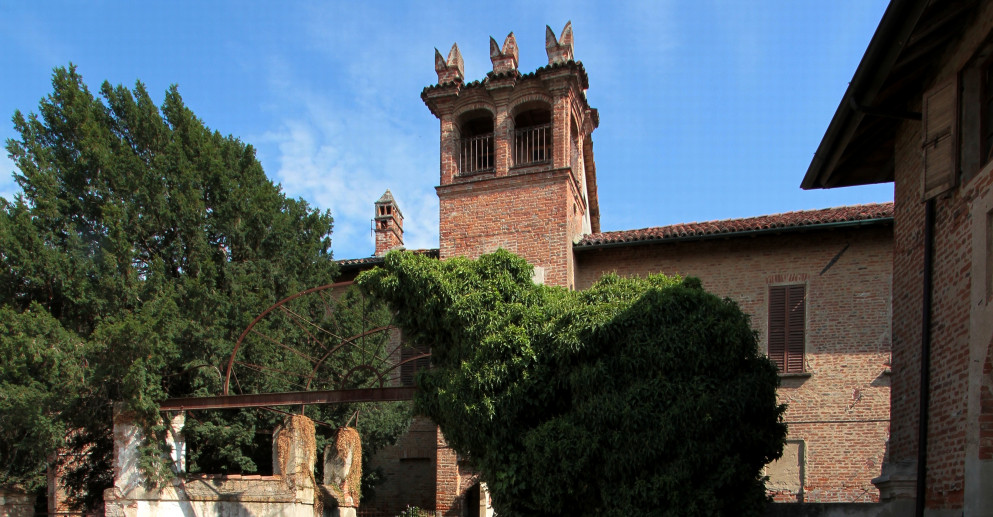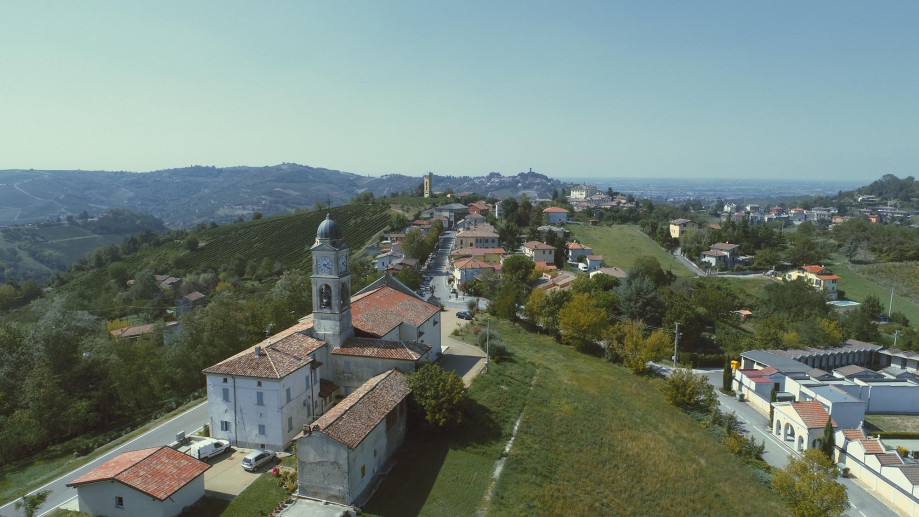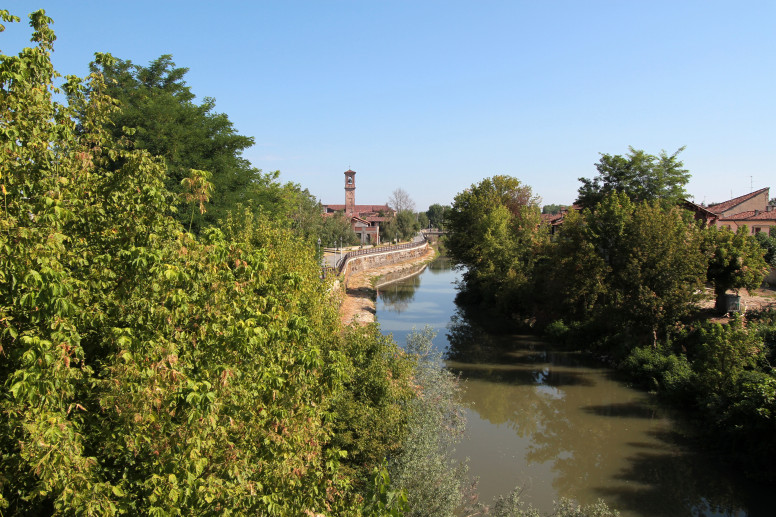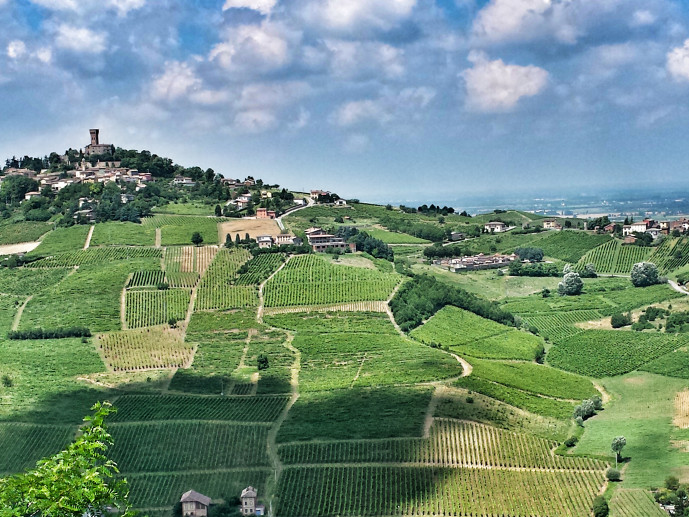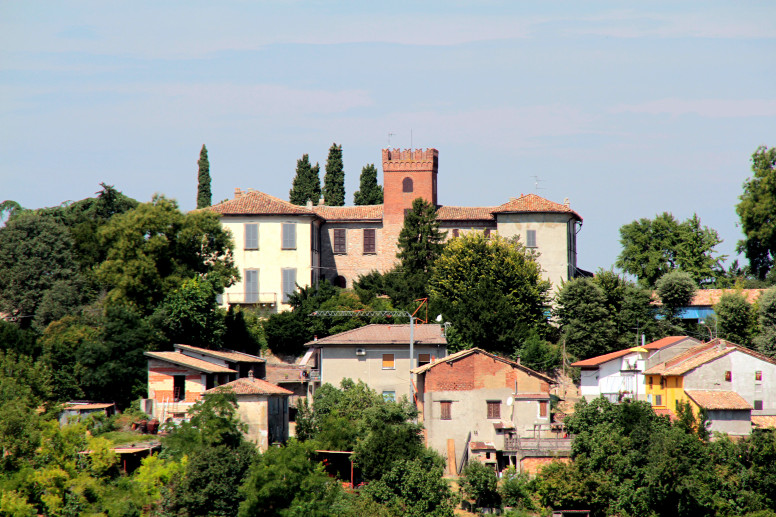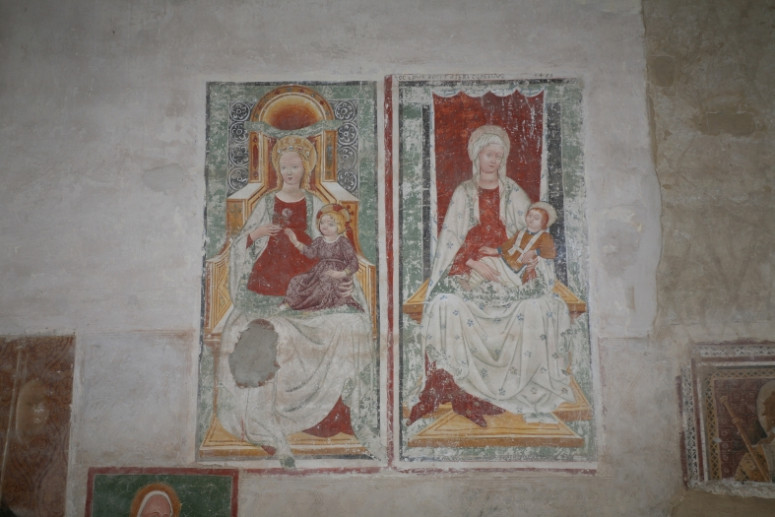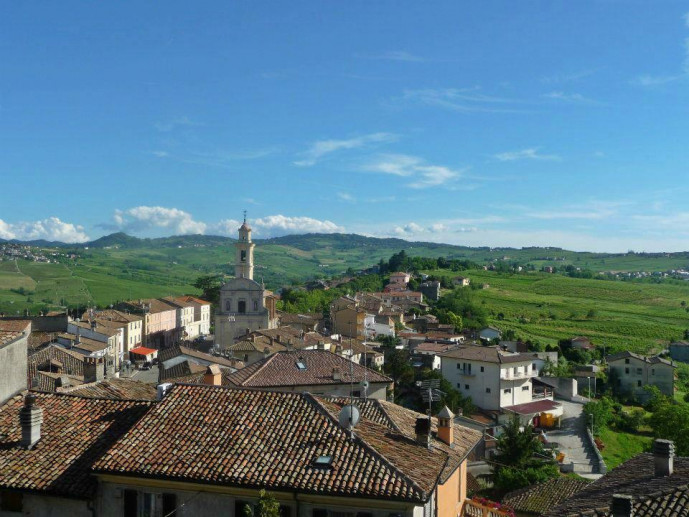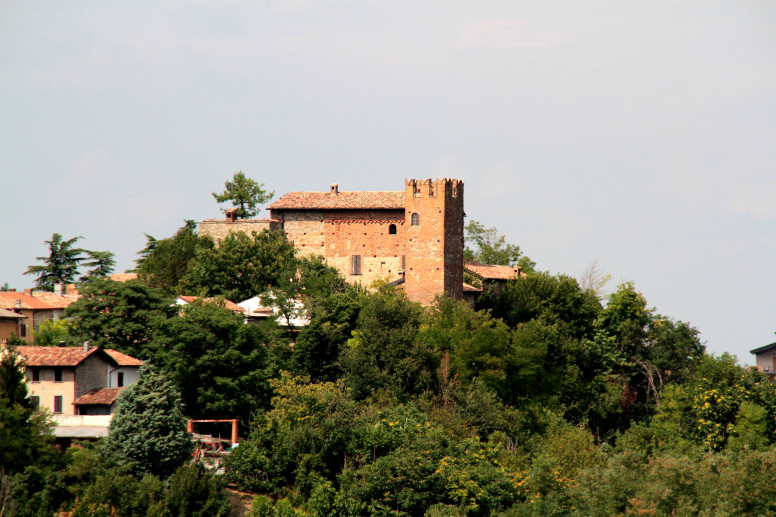- Art & Culture
Social Theatre of Stradella
"A theater that seemed to appear by magic, with an elegance unmatched by any other."
Thus, the chronicles of the time celebrated the inauguration of the Teatro Sociale di Stradella in September 1846, with the music of Ernani, conducted by Angelo Mariani, a renowned concert master and orchestra conductor who played a significant role in Italian melodrama of the great 19th century.
The theater was built thanks to the initiative of several prominent citizens of the town, who had formed the "Society for the Erection of the Theater" two years earlier. Among them were: lawyer Baldassarre Locatelli, lawyer Agostino Depretis, Count Arnaboldi Gazzaniga, engineer Giuseppe Sabbia, engineer Callisto Longhi, engineer Antonio Visini, engineer Battista Coelli, and "other natives of the Borgo."
They purchased, on behalf of the "Shareholders' Society," "a plot of land approximately one pertica in size, known as the hospice." On this land, they planned the construction of the new building. The society consisted of 44 shareholders, whose "shares were assigned different values depending on the boxes […] which varied by order, position, and size." The total value of the shares was initially 58,400 lire, with the shareholders being considered "special and exclusive owners of each box and co-owners of the common and undivided remaining building."
The theater was designed by architect Giovanbattista Chiappa, who was responsible for several significant works in Pavia, Lodi, and Milan. The building follows the neoclassical theater style popular in the 18th century, with the Teatro alla Scala in Milan serving as its model. The theater is located in the central part of a large neoclassical building with a plastered facade and stringcourse. The facade, designed to be viewed from the square, is divided into three parts, with the central section slightly recessed and enhanced by a small balcony with balustrades.
The entrance portal is remarkable, with a stone bas-relief above it featuring masks and musical instruments, along with a central lyre. The theater is organized with an entrance hall (from which two curved staircases lead to the corridors that access the boxes), a horseshoe-shaped pit, a stage on the ground floor, three tiers of wooden boxes, and the gallery. Originally, the pit was enclosed by a decorated dome, demolished in 1910 to build a third tier of boxes and the gallery, based on a design by Milanese architect Cesare Brotti.
The ceiling is adorned with a large neoclassical rose window. The "reduced" space is located at the level of the second row of boxes. There are 44 boxes, as many as there were original shareholders of the "Theater Society"; the current seating capacity is approximately 300.
A noteworthy feature is the historic curtain with scenes from I Promessi Sposi, created in 1846 by Milanese painter Felice De Maurizio, a scenographer, engraver, and curator of the Pinacoteca di Brera from 1867 to 1882. The curtain, created in 1844, measures 8 meters in width and 6 meters in height. The scene depicts the wedding of Renzo and Lucia against the backdrop of Lake Como, showing the couple in vibrant 17th-century attire, surrounded by a group of "bravi" shooting into the air. They are awaited by Agnese, Lucia's mother, and Friar Cristoforo at the church's threshold.
From archival documents, it is known that the main season, inaugurated in 1846, was in the fall, and during the grape harvest period, when foreign visitors were numerous, dances and puppet shows were organized. The institution's uniqueness was its openness to various artistic expressions, not just opera, with occasional noble purposes suggested by local circles. For example, in 1857, the "Compagnia Drammatica Toscana" decided to donate the proceeds from two performances to help the residents of Portalbera, who were affected by a major flood of the Po River. Similarly, the "Circolo di Ricreazione" and "Unione delle Arti e del Commercio" organized dances to raise funds for charity or for the theater's pension fund.
In September 1899, a new numbered seating row was inaugurated, available for a supplement of 10 cents. This allowed the theater to also host sports events, including fencing demonstrations, where Luigi Colombetti, a notable fencer from Stradella, stood out. In 1910, when the fourth tier or gallery was added, the theater hosted a fundraising event for the victims of the Sicilian earthquake.
The lively artistic activity led to the creation of local theater companies: in November 1918, the "Compagnia Filodrammatica Città di Stradella" was founded under the direction of Ritù Rizzi, and it was active for about 20 years. In 1939, the same artist founded the "Compagnia Operettistica Città di Stradella," which debuted with the operetta Primarosa by Giuseppe Pietri and later performed works such as La Vedova Allegra, Il Paese dei Campanelli, Cincillà, Scugnizza, and Il Conte di Lussemburgo.
Between 1930 and 1934, theater performances were replaced by cinema screenings, and during the war years, all forms of entertainment ceased. After World War II, activities resumed with dance parties for Carnival and continued cinema screenings.
In 1949, the theater was declared a national monument for being "a characteristic example of 19th-century theater architecture." As a prestigious cultural heritage site, it also serves as a space for promoting performing arts. The theater aims to be a fundamental part of a project that enhances the historical and cultural heritage of the region, maintaining its role as both a traditional space for consumption and a dynamic venue open to diverse arts and global cultures.
The construction of the Teatro Sociale coincided with Stradella's transition from a village to a city. By the mid-19th century, the theater had become a symbol of the city's economic dynamism and cultural vitality, as it entered the era of national unity. A city, as the Cittadino Vogherese wrote in 1871, that "following its own genius, has completed notable works that have brought it considerable reputation for advancement."
In the same way, the theater now stands as a testimony to a city (and region) that, wishing to rise again "in much reputation for advancement," can and must remain faithful custodians of its past and historical-artistic heritage while being a vibrant, active, and future-oriented city and territory, able to intelligently reinterpret its history.
Curated by Pierangelo Lombardi. Source: www.teatrosocialestradella.it
